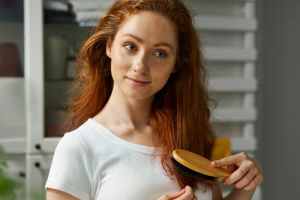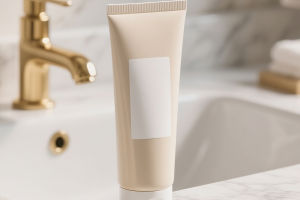Have you ever noticed how a simple haircut can instantly place someone in a specific era?
Hairstyles do more than frame a face—they capture cultural moments, personal identity, and evolving technology all at once.
Instead of a broad history, let's focus on a fascinating angle: how advancements in hair styling tools and products have directly influenced the evolution of popular hairstyles from classic to modern times. This lens helps us understand why certain styles exploded onto the scene and how they became part of our daily lives.
The Power of Tools: From Manual to Modern
Before electric tools, hairstyling was a slow, meticulous craft. Consider the iconic victory rolls or finger waves of the 1940s. Achieving these required hot combs heated over stoves, lots of patience, and skillful finger manipulation. The hairstyles were elaborate but rigid, partly because tools limited creativity and convenience.
Then came the transformative arrival of electric curling irons, blow dryers, and flat irons in the mid-20th century. Suddenly, complex curls and sleek straight styles were achievable in a fraction of the time, making these looks accessible to many more people.
Example 1: The 1980s big hair craze
Fueled by powerful blow dryers and volumizing sprays, the decade embraced loud, voluminous hairstyles that symbolized boldness and confidence. This wasn't just a fashion choice—it was a reflection of a new era of hair technology empowering individuals to express themselves dramatically.
Products and Their Role in Defining Style
Alongside tools, hair products evolved in tandem, enabling styles that were once impossible or impractical.
• Pomades and gels: In the early 20th century, men's hairstyles like slicked-back looks depended heavily on pomades, which gave shine and hold but could be greasy.
• Hairsprays and mousses: From the 1960s onward, these products revolutionized the ability to hold complex shapes in place. They allowed for the geometric cuts of the 1960s mod era or the rebellious spikes of the punk 1970s.
• Texturizers and sea salt sprays: More recent products emphasize natural, effortless waves and volume, aligning with today's preference for "undone" looks.
Example 2: The rise of natural texture
As society shifted towards embracing individuality and natural beauty, hair products responded by enhancing rather than forcing shape. This change reflects a larger cultural movement valuing authenticity over perfection.
How Culture Meets Technology in Hairstyles
Technology provides the means, but culture provides the motivation and meaning behind hairstyles. For instance, the sleek bob of the 1920s was a statement of women's newfound independence and rebellion against traditional norms. Fast forward to the 2000s, and digital culture—social media especially—accelerated hairstyle trends.
Instant sharing meant styles could go viral overnight, from the "Rachel" cut made famous by a TV show to bold colors and cuts inspired by online influencers.
Experts like hair historian Caroline highlight emphasize this interplay: "Hairstyles are living records of cultural values, shaped as much by available tools and products as by the shifting ideals of each generation."
What Today's Hairstyles Tell Us
Currently, there's a noticeable blending of eras powered by technology. The ease of tools and variety of products lets people experiment freely—mixing classic cuts with edgy modern twists. For example, a traditional pixie cut may be paired with undercuts or colored streaks to personalize a look.
Example 3: The DIY hair revolution
Advancements in at-home hair technology and product accessibility mean that many no longer need to visit salons to create professional-level styles. This democratization has sparked a wave of creativity and self-expression in hair fashion.
Conclusion:
The evolution of hairstyles is far more than a tale of trends—it's a reflection of our cultural shifts, technological progress, and personal identities. As hair tools and products have advanced, they’ve empowered individuals to break free from rigid norms and explore their own expressions of beauty.
From the structured styles of the 1940s to the wild volume of the 1980s, and now to the personalized, tech-supported looks of today, one thing remains clear: hair is a canvas where culture, creativity, and innovation meet. In this ever-evolving landscape, the next iconic hairstyle is just one tool—or idea—away.


